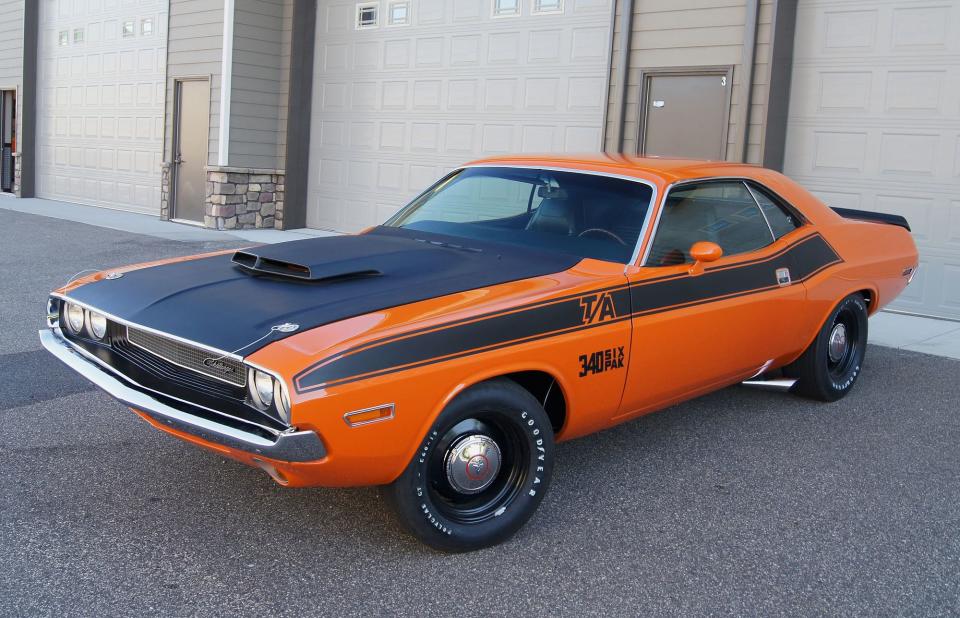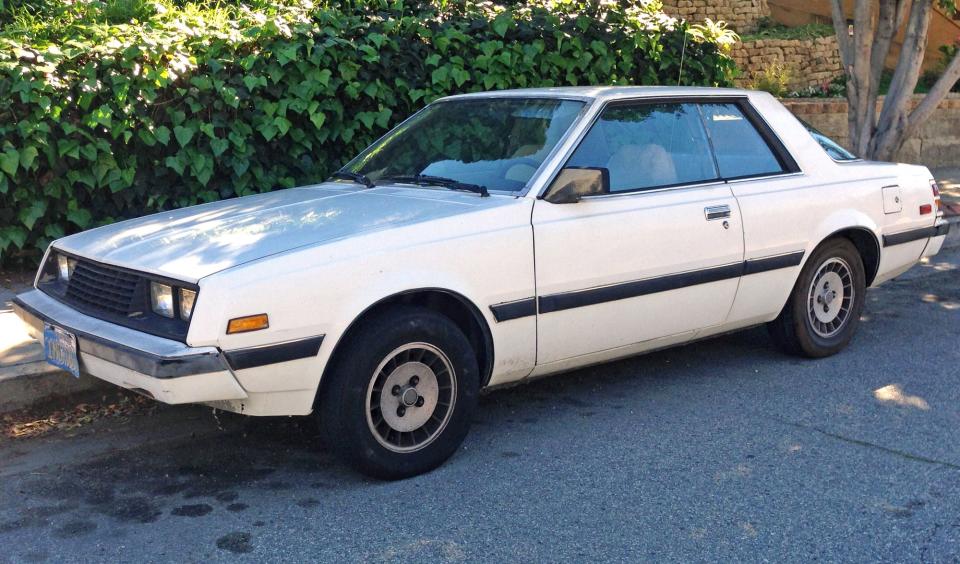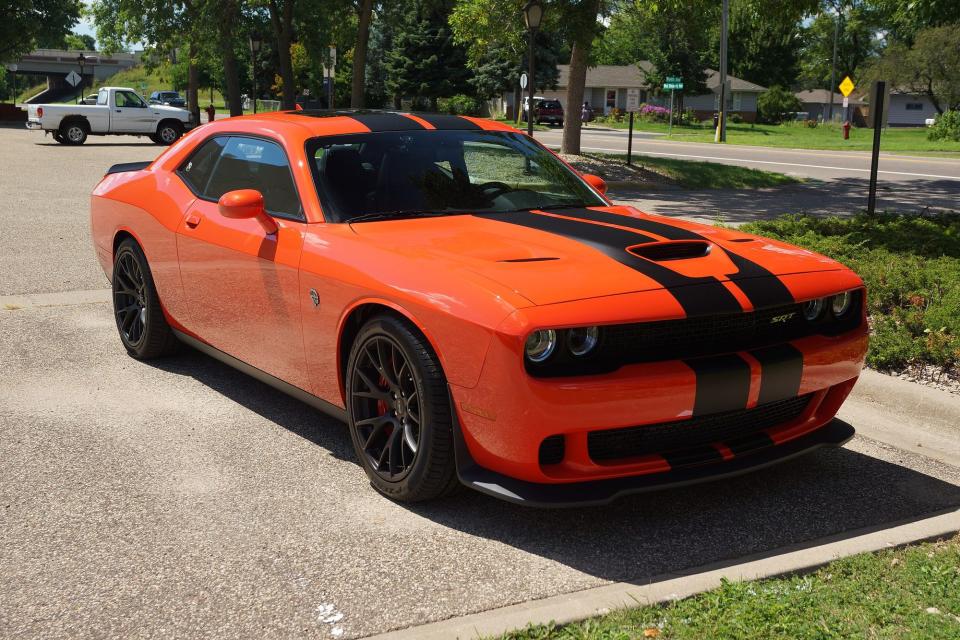Motorious Explores The Dodge Challenger
⚡️ Read the full article on Motorious
Dodge Challenger - America's comeback kid.
While the first use of the Dodge Challenger name was far from what made Mopar’s take on the pony car segment so iconic, the moniker’s reemergence in 1970 solidified a place in automotive history for the new pony car model. Building on Chrysler’s E Platform, Dodge employed its entire arsenal of high-performance engine options to not just rival cars such as the Mustang, Cougar, Firebird, and Camaro but to absolutely dominate the whole segment. On top of offering buyers almost infinite powertrain choices, the Challenger was also available in a number of trim levels and options. The Challenger could be ordered as a no-nonsense street-racer or a more fuel-efficient, stylish, and somewhat luxurious cruiser, or anywhere in between. Unfortunately, the Challenger’s late introduction doomed the car to a shortened first generation that ended production halfway through the 1974 model year. In all, only 165,437 examples were sold over four model years, leading to a three-year hiatus for the nameplate. In 1978, the Challenger returned for its second generation as a rebadged Mitsubishi Galant and again in 2008 for its third generation. Today, the Challenger is one of the most popular cars of the segment and was instrumental in kicking off what has been referred to as the second muscle car era.
Exterior styling for the 1970 Challenger came from the same person that penned the Charger for the 1966 model year. Carl Cameron actually based parts of the design for Dodge’s pony car on an older sketch of its muscle car counterpart. Available in two series’, the Challenger and Challenger R/T could both be had as a two-door hardtop, a two-door convertible, or a Special Edition hardtop which added many appearance and comfort features. Representing the Challenger’s high-performance version, the Challenger R/T came standard with a 3-speed manual transmission backed 383-cid V8 producing 335-horsepower.
First generation: 1970–1974

Introduced in the fall of 1969 as a 1970 year model, the Challenger almost had a turbine engine, but designers decided to leave it out of the production models. The first generation Challengers were built on the Chrysler E platform. Available in either a coupe of convertible, the first generation Challenger was available as an inline-8 or V8, with a massive range of engine options in those configurations.
In 1971, the Challenger had some improvements and options added and the front grille was changed. Engine options didn’t change much in 1971, and in 1972, minor changes and a downgraded engine line would be a little disappointing to fans of the moniker.
Downgrades would continue in 1973 and 1974. A few safety items were added in 1974, and the Challenger would be discontinued for several years to follow.
Second generation: 1978–1983

The Dodge Challenger would return in 1978, but only in name. The second generation of the Dodge Challenger was an oddity and shared the design with the prior Galant Lambdas. Less powerful engines were available, and an I-4 was the standard equipment. Although it has practically no similar characteristics to the prior and succeeding generations, other than having four round tires, the model was pretty popular. It would be cancelled again, this time for a much longer hiatus.
Third generation: 2008–present

The modern Challenger has been a long running third generation, kicking off in 2008. Released as Dodge’s solution to the Ford Mustang, Dodge spent several years planning the comeback, making sure it was styled with retro callouts, but would fit in the modern era.
Although it had visible upgrades, the new Challenger took design cues from the original 1970 Challengers. This design has stayed true over a decade later, while the engine continued to get bigger and better throughout the generation.
Available as SXT, SE, R/T Scat Pack, or Hellcat currently, the Dodge Demon made headlines as the most powerful American production car ever made, but was only made for one year. The Super Stock is the most recent flavor of the Dodge Challenger, which shares many parts with the Dodge Challenger Demon.
Production
In total, the Dodge Challenger has been in production for 22 years, with a huge gap in the middle. While the 1970 model was very popular, only 165,437 first-generation Dodge Challengers were sold. 76,935 Challengers were sold in 1970, with production falling dramatically after. By the time the second generation Dodge Challenger rolled around, the Challenger was selling at a rate of 12,000 to 15,000 units every year.
When the Dodge Challenger made its major comeback in 2008, it only sold 17,423 units in the United States, but demand would steadily grow. 2020 would deviate from the growth trend, likely due solely to supply chain issues due to the COVID-19 pandemic. The latest totals show 645,509 third generation Dodge Challengers were sold in the United States, and 673,045 total sold in the whole world.
About the Knowledge Base
The Motorious Knowledge Base provides comprehensive vehicle overviews for Classic & Collector Cars including production numbers, performance specs, factory colors, and OEM brochures. Check out related content linked to this article or view other Makes and Models in our Research center.
If you have any interesting facts about the Dodge Challenger to add, want to tell us how we did covering the Challenger, or want to tell us about yours, please leave a comment below.
Sign up for the Motorious Newsletter. For the latest news, follow us on Facebook, Twitter, and Instagram.

